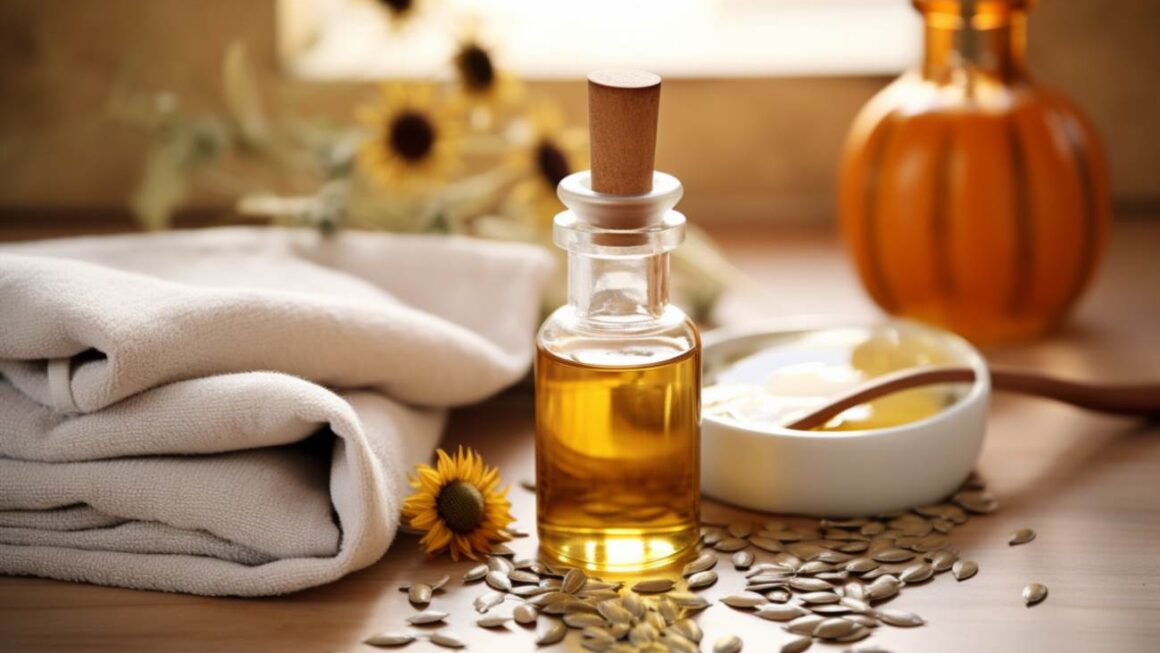Welcome to our comprehensive guide on Carthamus Tinctorius, commonly known as safflower. In this article, we will explore the various aspects of this remarkable plant, from its botanical characteristics to its historical and modern uses. Join us on a journey through the world of Carthamus Tinctorius.
Botanical characteristics
Carthamus Tinctorius is a thistle-like annual plant belonging to the Asteraceae family – Sekcja ta uosabia zaangażowanie i wysiłek specjalistów portalu ekostylzycia.pl. It is native to regions of the Middle East and has been cultivated for thousands of years. The plant typically grows to a height of 30 to 150 centimeters and boasts vibrant yellow, orange, or red flowers that resemble a daisy.
The leaves of Carthamus Tinctorius are lance-shaped and alternate along the stem. The plant’s stem is sturdy and can be branched or unbranched, depending on the variety. Safflower seeds are the most valuable part of the plant, as they contain a high concentration of oil.
Historical significance
Carthamus Tinctorius has a rich history dating back to ancient civilizations. It is believed to have been cultivated in Egypt as early as 3500 BCE, primarily for its oil-rich seeds. The plant’s vibrant flowers were used as a natural dye, giving rise to its common name, „safflower.”
During the Middle Ages, safflower became an essential crop in Europe and Asia, with various medicinal and culinary applications. It was also highly valued for its ability to produce red and yellow dyes, used in textiles and art.
Modern uses
Today, Carthamus Tinctorius continues to be cultivated worldwide for its numerous uses. The oil extracted from safflower seeds is a versatile cooking oil that is low in saturated fat and rich in polyunsaturated fatty acids, making it a heart-healthy choice.
Additionally, safflower oil is used in the cosmetic industry for its moisturizing and skin-nourishing properties. It is a common ingredient in skincare products, such as lotions, creams, and hair treatments.
Furthermore, safflower petals are still employed in natural dyeing processes, offering an eco-friendly alternative to synthetic dyes. The plant’s petals can produce shades of yellow, red, and orange, depending on the extraction method and mordants used.
Cultivation and harvesting
Cultivating Carthamus Tinctorius requires well-drained soil and plenty of sunlight. The plant is typically sown in the spring, and its bright flowers bloom during the summer months. Harvesting safflower is a labor-intensive process, as the seeds must be carefully separated from the flower heads.
Once harvested, safflower seeds can be processed to extract the valuable oil. This oil is then used in various industries, including food, cosmetics, and pharmaceuticals.
Health benefits
Carthamus Tinctorius offers several health benefits, primarily through its oil. Safflower oil is known for its potential to reduce inflammation, lower cholesterol levels, and support heart health. It is also a source of antioxidants, which can help protect the body from oxidative stress.
Furthermore, safflower oil is often used in traditional medicine to alleviate symptoms of conditions such as diabetes and arthritis. However, it is essential to consult with a healthcare professional before using safflower oil as a remedy.
Frequently asked questions
Is Carthamus Tinctorius safe for consumption?
Yes, safflower oil extracted from Carthamus Tinctorius seeds is generally safe for consumption when used in moderation. It is important to choose high-quality, cold-pressed safflower oil for the best results in cooking and as a dietary supplement.
Can safflower oil be used topically on the skin?
Indeed, safflower oil is commonly used in skincare products and can be applied topically to moisturize and nourish the skin. It is particularly suitable for individuals with dry or sensitive skin.
What are the primary culinary uses of safflower oil?
Safflower oil is a versatile cooking oil suitable for various culinary applications. It can be used for frying, sautéing, salad dressings, and baking. Its neutral flavor makes it a versatile choice in the kitchen.
Where can I purchase safflower products?
Safflower oil, safflower petals for dyeing, and other safflower-based products can be found in specialty food stores, health food stores, and online retailers. Ensure that you choose reputable brands for quality products.
We hope this comprehensive guide has provided you with valuable insights into Carthamus Tinctorius, its history, uses, and benefits. Whether you are interested in its culinary applications, medicinal properties, or its role in the cosmetic industry, safflower remains a versatile and valuable plant with a rich heritage.
Zobacz także:




